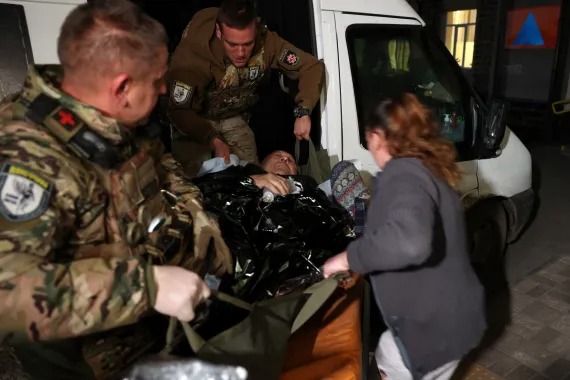In a volatile escalation of hostilities, the United States and Iran-backed armed groups find themselves engaged in a dangerous dance of fire in Syria, raising concerns about the potential for a wider regional conflict. As the Israeli military assault on the Gaza Strip continues to unfold, the battleground extends beyond borders, with strikes targeting US interests. The question looms: Will this conflict intensify, and what role does the Gaza war play in the mounting tensions?
Escalating Strikes and Ongoing Attacks
Amid the relentless Israeli bombardment in Gaza, Iran-backed groups have launched over 50 attacks on US forces in Syria and Iraq since the conflict began on October 7. Rockets, missiles, and drones have been the weapons of choice, causing minor damage but, crucially, no reported casualties among US soldiers. Despite warnings from Washington, these strikes persist, prompting retaliatory actions by the US, including recent strikes on alleged Iran-linked sites in Syria.
Unraveling the Gaza Connection
US officials insist that their strikes are acts of “self-defense” rather than a coordinated effort with Israel. However, the attacks by Iran-backed groups appear closely tied to the war in Gaza, with warnings from Iran that new fronts will open if Israel’s bombings persist. Experts suggest that these attacks serve as a means for Iran and its allies to pressure the Biden administration to reconsider its stance on the Gaza conflict, increasing costs for the US and indirectly urging Israel to halt its assaults.
Syria’s Position and the Risk of Escalation
Syria, caught in the crossfire, stands at the intersection of conflicting interests. While Iran holds substantial influence in the country and supports President Bashar al-Assad, the US forces remain in northeast Syria, ostensibly to counter the remnants of ISIS. Al-Assad, recently speaking at a summit in Saudi Arabia, denounced the “vicious circle” of allowing Israeli massacres and criticized Western countries for not protecting Palestinians. The situation in Syria, already complex, adds another layer of uncertainty to the escalating tensions.
As the clashes persist, the risk of miscalculation looms large. The carefully managed balance, with attacks causing minimal damage and no reported US casualties, could unravel with a single incident. Analysts warn that any escalation, particularly if US soldiers are killed, may force a severe response and amplify the criticism of the Biden administration’s perceived weakness in dealing with Iran. The situation remains fluid, and the international community watches with bated breath as the conflict’s trajectory hangs in the balance.
















